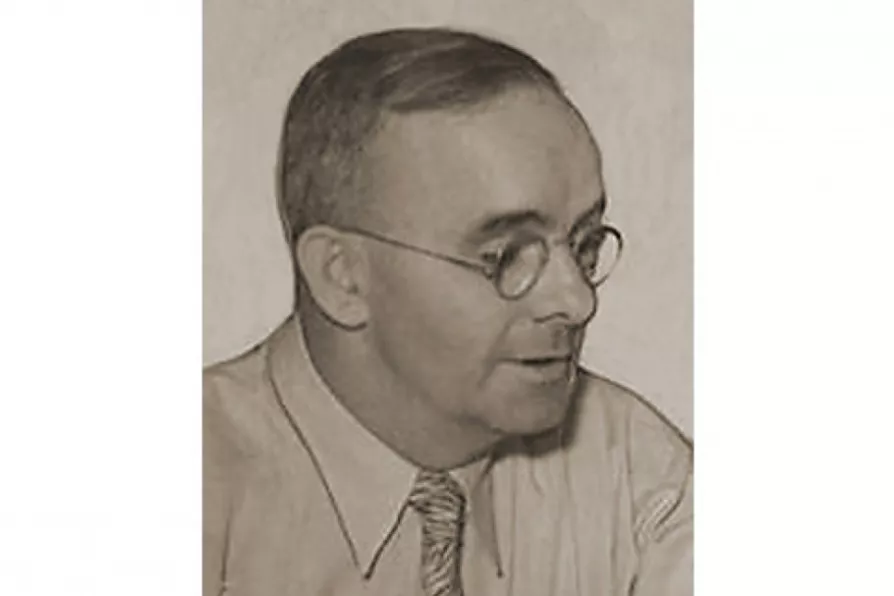Once the bustling heart of Christian pilgrimage, Bethlehem now faces shuttered hotels, empty streets and a shrinking Christian community, while Israel’s assault on Gaza and the tightening grip of occupation destroy hopes of peace at the birthplace of Christ, writes Father GEOFF BOTTOMS

 Class warrior: Wyndham Mortimer in 1936
Class warrior: Wyndham Mortimer in 1936
“NOR can I understand how men who aspire to the leadership of labour are able to sacrifice labour’s interests in favour of the Democratic Party. I cannot understand men to whom a visit to the White House is more important than getting the workers out of the dog house” — Wyndham Mortimer.
At a time when ex-FBI chief James Comey’s self-serving, self-righteous book becomes a bestseller, in a season when ex-secretary of state Madeleine Albright, the enthusiastic apologist for genocide against Iraqi children, joins Comey on the bestseller list with a preposterous lecture on fascism, it may well be time to retreat to the library.
I found some solace and much enlightenment from a dusty, cobweb-infested paperback in a corner of a basement bookshelf.

In part II of a serialisation of his new book, JOHN McINALLY explores how witch-hunting drives took hold in the Civil Service as the cold war emerged in the wake of WWII













